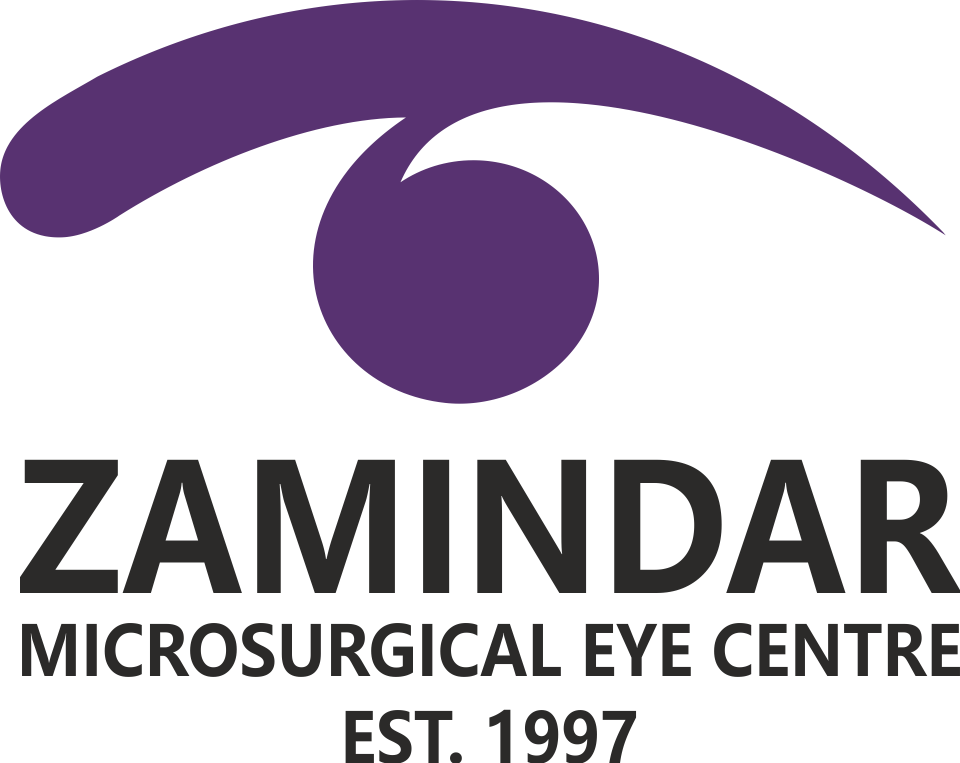
Eye drops are among the most commonly used medications in everyone’s medicine cabinet, whether for allergies, conjunctivitis, ocular inflammation, glaucoma, or dry eye.
This blog lets us understand how to use eye drops properly to ensure your eyes are healthy.
Avoidable mistakes while using eye drops:
Excessive or inappropriate use of eye drops might harm eye health. While using eye drops, steer clear of some common mistakes.
- Avoid Touching the Nozzle: When using an eye drop bottle, it’s imperative that you avoid touching the nozzle with your fingers. It is critical to prevent contamination to ensure the effectiveness of the medicine. Your fingers can transfer bacteria and oils to the nozzle, potentially leading to eye infections or reducing the eye drops’ shelf life. To maintain the utmost cleanliness during use, handle the bottle with care. Utilize the provided applicator to apply the drops directly into your eye, ensuring a safe and hygienic application process.
- Piercing with a Pin: Avoid piercing the bottle with a needle or sharp object. Doing so risks the sterility of the solution, introducing impurities and potentially causing harm to your eyes. Instead, rely on the nozzle or applicator provided to ensure a safe and controlled application.
- Administering Eye Drops: If you stand while administering eye drops, you might find yourself accidentally spilling them or missing your eye altogether. It’s better for you to sit or lie down in a position that feels comfortable to you. This way, you have more control and can apply the drops more precisely, reducing the likelihood of wasting medication or experiencing discomfort. Moreover, keeping a steady posture while administering eye drops ensures that they land right on the surface of your eye, enhancing their effectiveness in addressing your eye condition.
- Lifting Your Upper Eyelid or Pulling Your Lower Lid: Don’t raise your upper or pull down your lower eyelids while using eye drops. This approach can result in poor eye drop placement and reduced effectiveness. Instead, gently tilt your head back, look up, and form a small pocket by pulling down your lower eyelid with a clean finger. Apply the drops to the bag to ensure they come into contact with your eye’s surface, boosting the therapeutic effect while reducing irritation or discomfort.
- One Drop at a Time: Using more than one eye drop at a time is usually not advised. One drop is often the maximum quantity of fluid the eye can absorb; any more may overflow. It increases side effects and reduces the effectiveness of medicine due to incomplete absorption. Always take precisely one drop at a time or as prescribed. Ask ChatGPT
Taking Care of Eye Drops:
Typically, unopened eye drops have a shelf life of one to two years from the date of manufacture. Discard eye drops after 30 days of opening the bottle. It is unsafe to use eye drops past their expiration date. Expired eye drops are potentially infectious, inflammatory, and irritant.
Ensure that you:
Minimize direct sun exposure; leaving eye drops exposed to the sun is potentially hazardous. Excessive sunlight can warm a solution to the point where its chemical components degrade.
Eye drops should not be left in a vehicle, as vehicle heat, especially when parked in direct sunlight, can induce the same complications as direct sun exposure.
Freezing temperatures can also damage eye drops.
Maintain your eye drops in a cool, dry location; a medicine cabinet in your bathroom or a drawer on your bedside table is ideal for storing them to facilitate use and reduce their risk of damage.
Watch the video here: 5 Things You Should Never Do While Using Eye Drops
Conclusion
Eye drops can be an excellent tool for treating mild discomfort and serious illnesses, but it’s crucial to understand their limitations and use them in moderation.
If you suffer from eye discomfort, our experts will help you determine the cause, recommend the best therapy, and advise using eye drops safely and effectively.
Subscribe to the Zamindar’s YouTube channel for more videos related to eye health.














It’s really a great and helpful piece of information. I’m satisfied that you just shared this useful information with us. Please keep us informed like this. Thank you for sharing.